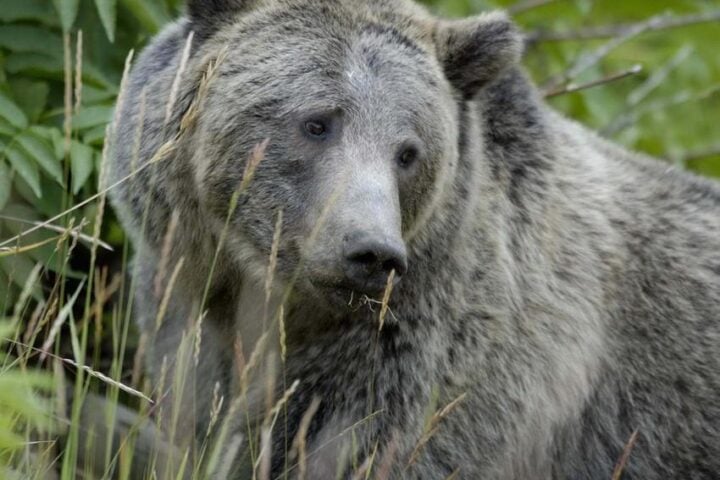Recent staff cuts at the National Park Service (NPS) have triggered a chain reaction affecting both visitors and park operations. Approximately 1,000 employees were laid off in February as part of the Trump administration’s federal workforce reduction efforts, prompting protests from Acadia to Zion.
Visitor Experience Takes a Hit
The impact is already visible at major parks like Grand Canyon, where visitors now face up to 90-minute waits just to enter. With only about 11 fee collectors managing the South Rim entrance that served nearly five million visitors last year, congestion has become inevitable.
“We had almost five million visitors last year at Grand Canyon,” said Mindy Riesenberg, chief of communications for the Grand Canyon Conservancy. “And now I think we’re down to about 11 fee collectors for the South Rim.”
The cuts have forced operational changes across the system:
- Carlsbad Caverns National Park canceled all ranger-led tours
- Florissant Fossil Beds National Monument now closes on Mondays and Tuesdays
- Visitor centers operate on reduced hours at multiple parks
Beyond What Visitors See
The staffing reductions affect more than just entrance lines. Critical infrastructure projects like the Grand Canyon’s Transcanyon Waterline restoration face delays.
“That project is going to be held up, because scientists and botanists and arborists who were replanting trees down there for shade, for safety, after that project, and that’s all gonna stop,” Riesenberg explained.
Jim Landahl, who worked as a seasonal ranger before receiving a promotion to a permanent position at Grand Canyon six months ago, was among those terminated. His work involved restoring habitat disturbed by waterline reconstruction, a project described by archaeologist Leah Gallo as “critical infrastructure” without which “there would be pretty much no Grand Canyon.”
Economic Stakes
The timing couldn’t be worse. The National Park Service recorded high visitation with national parks contributing approximately $55 billion to the economy.
Chuck Sams, who stepped down as NPS director in January, said during his tenure: “I absolutely felt that we needed more employees. National Park Service needs at least 15% to as much as 25% more staff on the ground in order to fully meet its mandate.”
Instead, the service has seen a 10% reduction. “So it’s gonna be detrimental to people’s experiences in the parks,” Sams added.
Similar Posts
Legal Pushback and Communication Control
Last Thursday, two federal judges ordered the reinstatement of thousands of fired probationary workers across several agencies, finding the layoffs were carried out under false pretenses. However, the Trump administration has appealed the ruling.
Meanwhile, internal emails reveal NPS staff have received specific talking points on how to discuss the cuts with the public:
- Avoid the word “fired” in favor of terms like “attrition” and “workforce management actions”
- Describe cuts as “prioritizing fiscal responsibility”
- Assure visitors of continued “memorable and meaningful experiences”
- Refrain from blaming closures on staffing levels
One anonymous ranger told ProPublica: “We have a duty to tell the public what’s going on. If that’s saying, ‘We just don’t have the staff to stay open and that’s what these firings are doing,’ I think the people have a right to know.”
Bipartisan Support Meets Partisan Cuts
The cuts stand in stark contrast to the park service’s broad public support. A Pew Research Center poll last year found the NPS ranked highest in favorability among federal agencies with both Democrats and Republicans.
Sams noted during his service: “I had never met a member of Congress that didn’t love the park that was in their home state. And I generally saw bipartisan support for the National Park Service.”

More cuts may be on the horizon. The Hill recently reported the administration is considering a 30% payroll reduction for the NPS, even as the agency faces a $12 billion maintenance backlog.
For former NPS employee Lynda Jones, whose position at Glen Canyon National Recreation Area was temporarily reinstated by the court ruling, these places represent something fundamental: “This is the story of America. The story of the people who live here. And it doesn’t matter your background or where you’re from. These places belong to all of us.”
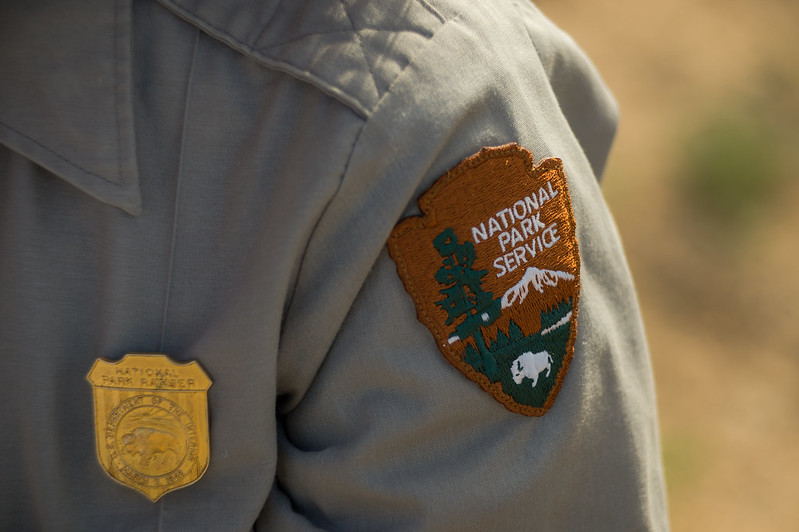




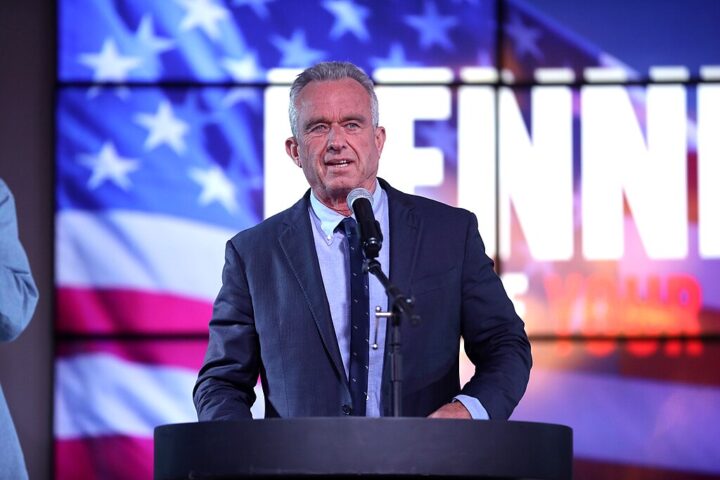

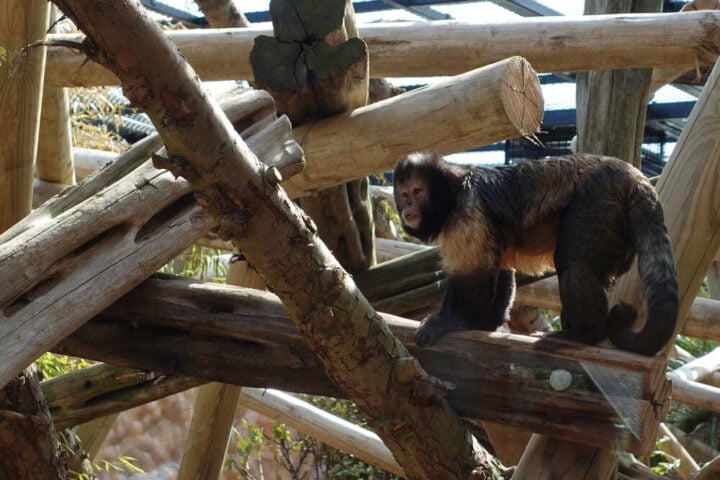
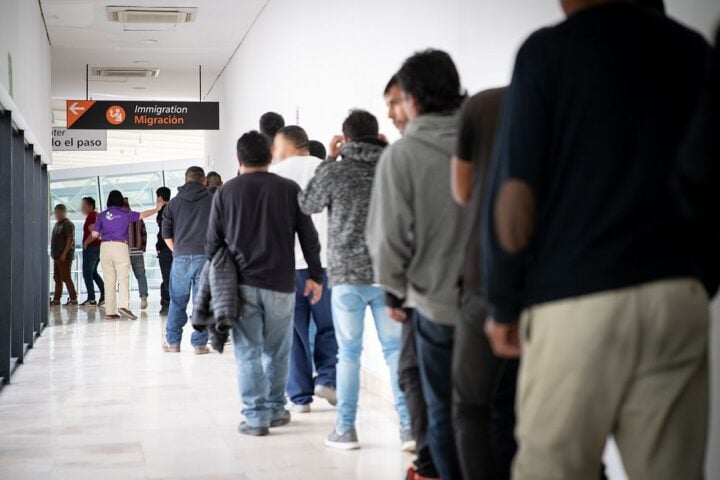
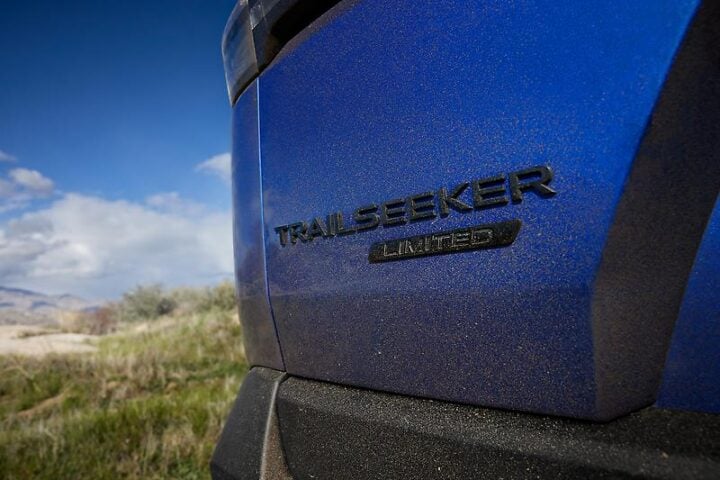


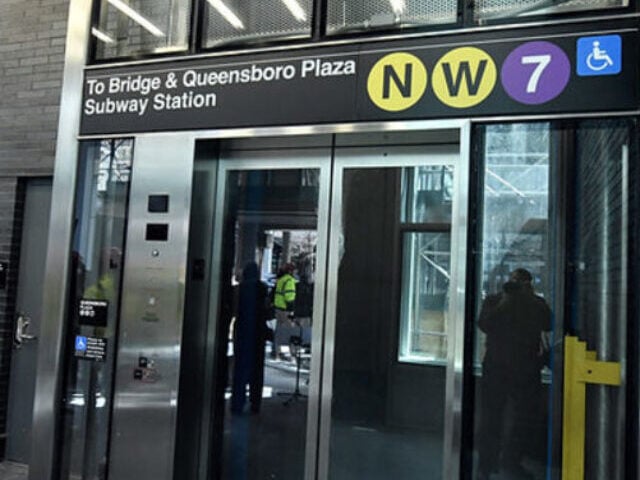

![Representative Image: European Starling [49/366]. Photo Source: Tim Sackton (CC BY-SA 2.0)](https://www.karmactive.com/wp-content/uploads/2025/04/Starlings-Drop-82-in-UK-Gardens-as-Birdwatch-2025-Reveals-Record-Low-Count-Since-1979-720x480.jpg)

